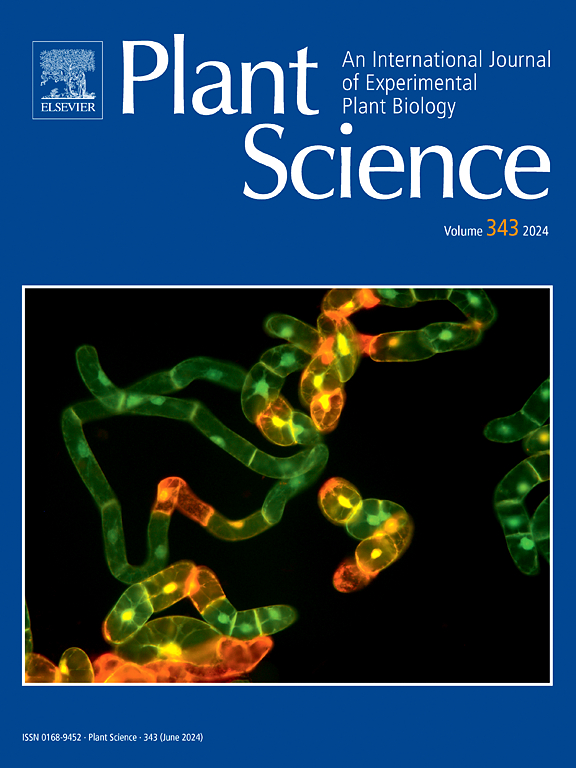Decoding the signaling triad: Molecular interactions of G-proteins, MAP kinases, and helicases in environmental stress responses
IF 4.2
2区 生物学
Q2 BIOCHEMISTRY & MOLECULAR BIOLOGY
引用次数: 0
Abstract
Plant signaling and stress response systems depend heavily on the essential functions of heterotrimeric G-proteins, mitogen-activated protein kinases (MAPKs), and helicases. Researchers have thoroughly investigated each molecular component separately but still lack comprehensive knowledge about how they work together functionally. This review investigates the interactions between G-proteins, MAPKs, and helicases as fundamental components of plant stress signaling networks. G-proteins function as molecular switches that perceive stress signals to initiate downstream cascades which activate MAPK pathways. MAPKs trigger phosphorylation of vital target proteins such as transcription factors and helicases which in turn regulate gene expression and RNA metabolism. Helicases, crucial for plant stress response mechanisms, unwind nucleic acid structures. Recent research shows that MAPKs and helicases together manage ribosome loading along with mRNA stability and protein production when plants face environmental stress. The review examines molecular interactions that provide new insights into plant stress physiology, while highlighting the need for further investigation into plant adaptive mechanisms involving G-proteins, MAPKs, and helicases.
解码信号三联体:g蛋白、MAP激酶和解旋酶在环境应激反应中的分子相互作用
植物信号和胁迫应答系统在很大程度上依赖于异源三聚体g蛋白、丝裂原活化蛋白激酶(MAPKs)和解旋酶的基本功能。研究人员已经分别深入研究了每种分子成分,但仍然缺乏关于它们如何在功能上协同工作的全面知识。本文综述了作为植物胁迫信号网络基本组成部分的g蛋白、MAPKs和解旋酶之间的相互作用。g蛋白作为感知应激信号的分子开关,启动下游级联反应,激活MAPK通路。MAPKs触发重要靶蛋白的磷酸化,如转录因子和解旋酶,进而调节基因表达和RNA代谢。解旋酶对植物的逆境反应机制至关重要,它可以解开核酸结构。最近的研究表明,当植物面临环境胁迫时,mapk和解旋酶共同管理核糖体装载、mRNA稳定性和蛋白质生产。这篇综述探讨了分子相互作用,为植物胁迫生理学提供了新的见解,同时强调需要进一步研究涉及g蛋白、MAPKs和解旋酶的植物适应机制。
本文章由计算机程序翻译,如有差异,请以英文原文为准。
求助全文
约1分钟内获得全文
求助全文
来源期刊

Plant Science
生物-生化与分子生物学
CiteScore
9.10
自引率
1.90%
发文量
322
审稿时长
33 days
期刊介绍:
Plant Science will publish in the minimum of time, research manuscripts as well as commissioned reviews and commentaries recommended by its referees in all areas of experimental plant biology with emphasis in the broad areas of genomics, proteomics, biochemistry (including enzymology), physiology, cell biology, development, genetics, functional plant breeding, systems biology and the interaction of plants with the environment.
Manuscripts for full consideration should be written concisely and essentially as a final report. The main criterion for publication is that the manuscript must contain original and significant insights that lead to a better understanding of fundamental plant biology. Papers centering on plant cell culture should be of interest to a wide audience and methods employed result in a substantial improvement over existing established techniques and approaches. Methods papers are welcome only when the technique(s) described is novel or provides a major advancement of established protocols.
 求助内容:
求助内容: 应助结果提醒方式:
应助结果提醒方式:


